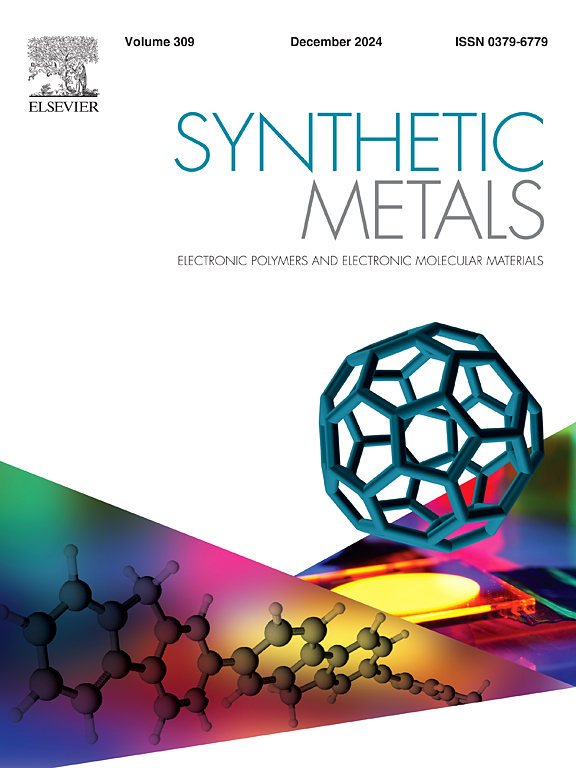Ultra-small CoxSy nanoparticles adhered to 3D-reduced graphene oxide as attractive anodes for lithium-ion batteries
IF 4
3区 材料科学
Q2 MATERIALS SCIENCE, MULTIDISCIPLINARY
引用次数: 0
Abstract
A novel composite anode material, CoxSy/G, has been developed through a novel hydrothermal synthesis method complemented by an innovative high-temperature vulcanization technique. This process facilitates the deposition of CoxSy nanoparticles, each less than 10 nm in size, onto a substrate of 3D rGO. This composite material combines the robust lithium storage capacity of CoxSy nanoparticles with the exceptional electrical conductivity and mechanical resilience of the 3D rGO framework, resulting in a significantly enhanced specific surface area and optimized mesoporous structure for CoxSy/G. Furthermore, it exhibits excellent electrochemical performance in lithium-ion batteries. Specifically, the CoxSy/G composites achieve a discharge capacity of 748.5 mA h g⁻¹ at 50 mA g⁻¹ , notably exceeding the 647 mA h g⁻¹ capacity demonstrated by pure CoxSy. Furthermore, these composites maintain an extraordinary cycle retention rate of 112.4 % after undergoing 500 charge-discharge cycles at a continuous rate of 0.5 A g⁻¹ . The reduced charge transfer resistance noted after cycling underscores the material’s enhanced performance attributes. This innovative creation of CoxSy/G composites offers critical insights and potential strategies for further development in the field of lithium-ion cobalt-sulfur electrodes.
超小的CoxSy纳米颗粒粘附在3d还原氧化石墨烯上,作为锂离子电池的有吸引力的阳极
通过水热合成和高温硫化技术,研制出一种新型复合阳极材料CoxSy/G。这一过程促进了CoxSy纳米颗粒的沉积,每个纳米颗粒的尺寸小于10 nm,在3D还原氧化石墨烯的基底上。这种复合材料结合了CoxSy纳米颗粒强大的锂存储能力,以及3D还原氧化石墨烯框架的卓越导电性和机械弹性,从而显著提高了CoxSy/G的比表面积,优化了介孔结构。在锂离子电池中表现出优异的电化学性能。具体来说,CoxSy / G复合材料放电容量达到748.5马 h G⁻¹ 50岁马 G⁻¹ ,尤其是超过647马 h G⁻¹ 能力证明了纯CoxSy。此外,这些复合材料在以0.5 a g⁻¹ 的连续速率进行500次充放电循环后,保持了112.4 %的非凡循环保留率。循环后电荷转移电阻的降低强调了材料性能的增强。这种CoxSy/G复合材料的创新创造为锂离子钴硫电极领域的进一步发展提供了关键的见解和潜在的策略。
本文章由计算机程序翻译,如有差异,请以英文原文为准。
求助全文
约1分钟内获得全文
求助全文
来源期刊

Synthetic Metals
工程技术-材料科学:综合
CiteScore
8.30
自引率
4.50%
发文量
189
审稿时长
33 days
期刊介绍:
This journal is an international medium for the rapid publication of original research papers, short communications and subject reviews dealing with research on and applications of electronic polymers and electronic molecular materials including novel carbon architectures. These functional materials have the properties of metals, semiconductors or magnets and are distinguishable from elemental and alloy/binary metals, semiconductors and magnets.
 求助内容:
求助内容: 应助结果提醒方式:
应助结果提醒方式:


